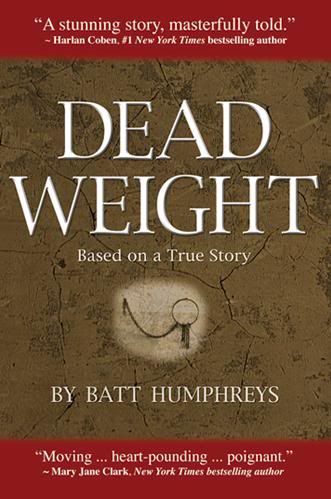Scaredy Cat
Friday, May 16, 2014
A single act can change perceptions and alter stereotypes for both the good and the bad. That’s a -very- important concept in both news and in public relations. Ask Tara the Hero Cat. The Badass cat. The cat of millions of YouTube views. The cat of the hour. The cat of 15 minute fame. But NOT a Scaredy Cat. The Lion King came to the rescue of her family’s young son when he was attacked by a dog. Dog bites cat does not make news. Cat attacks dog and that becomes a worldwide sensation. The turn of that phrase is attributed to a newspaper editor well over a century ago. His point was that the ordinary rarely attracts attention (unless, in my opinion, the ordinary comes under the reflection of an extraordinary reporter). The weight of the story and its place in a news cycle can be puzzling. Tara the Hero Cat gets over 7 million views in 24 hours. Kyle White received the Medal of Honor. He got just over 8 thousand. Donald Sterling says a few stupid words and becomes non-stop cable coverage, temporarily knocking Malaysia Flight 370 off CNN. But the quiet words of ordinary courage are rarely heard. Who makes those decisions? Increasingly, you do. Some platforms are driven by algorithmically selected content. The more clicks, the more shares, the more traffic.. the higher prominence it gains on a platform. It’s a prominent tool for many online platforms. Hero cats, Kardashians and water skiing squirrels will always win. One wonders, with the rush by the Legacy Media to establish beachheads in the digital space, whether editorial branding will still be upheld. But the algorithms of artificial intelligence have not won total victory.. yet. In a windowless room on West 57th Street in New York, behind the set of the CBS Evening News, a long conference table is set in view of a wall sized monitor where little squares, frame the talking heads of bureau chiefs across the US and the world. The executives in New York file in at precisely 10 a.m. for the morning meeting. They sit at the table. Producers and others fill seats along the wall. It’s impressive, and it’s not. Because in some 210 cities across the nation, at about the same time, similar gatherings are occurring in newsrooms from New York (market #1) to Glendive, Montana (market#210). Each of these will weigh the big stories of the day, for their audience, and they may range from a destabilized middle eastern country that may cause ripples and rips in terror assessments and markets across the globe (CBS News) to the increase in oil drilling activity in Eastern Montana (KXGN). That’s just television newsrooms. The same process goes on in newspaper and digital newsrooms across the country and the world. Some of those discussions are impassioned and heated. Most in the business have thick skins and see the exchange as part of the dialectic process. Some don’t get it. Ask Jill Abramson. It would be a shame if the New York Times fired a woman for being Too Tough to Succeed. Those debates are about what stories are important, which are relevant, how do they impact lives and how do they balance the editorial content of the broadcast, newspaper or digital site. It’s all about balance, the attempt to appeal to a broad section of consumers. Which brings us back to Tara. It would be hard to find a news organization that did not cover the story of the hero cat who: Then imitate the action of the tiger; Stiffen the sinews, summon up the blood, Disguise fair nature with hard-favour'd rage; And saved her young charge. Tara is riding the wave of celebrity. She will throw the first pitch at the Bakersfield Blaze baseball game. My cats sleep quietly in a sunspot while I write. Fate and Fame remain at paws length. ______________________________________________





